To visit our site, you must be old enough to buy and consume alcohol according to the applicable legislation in your country / region
Enter
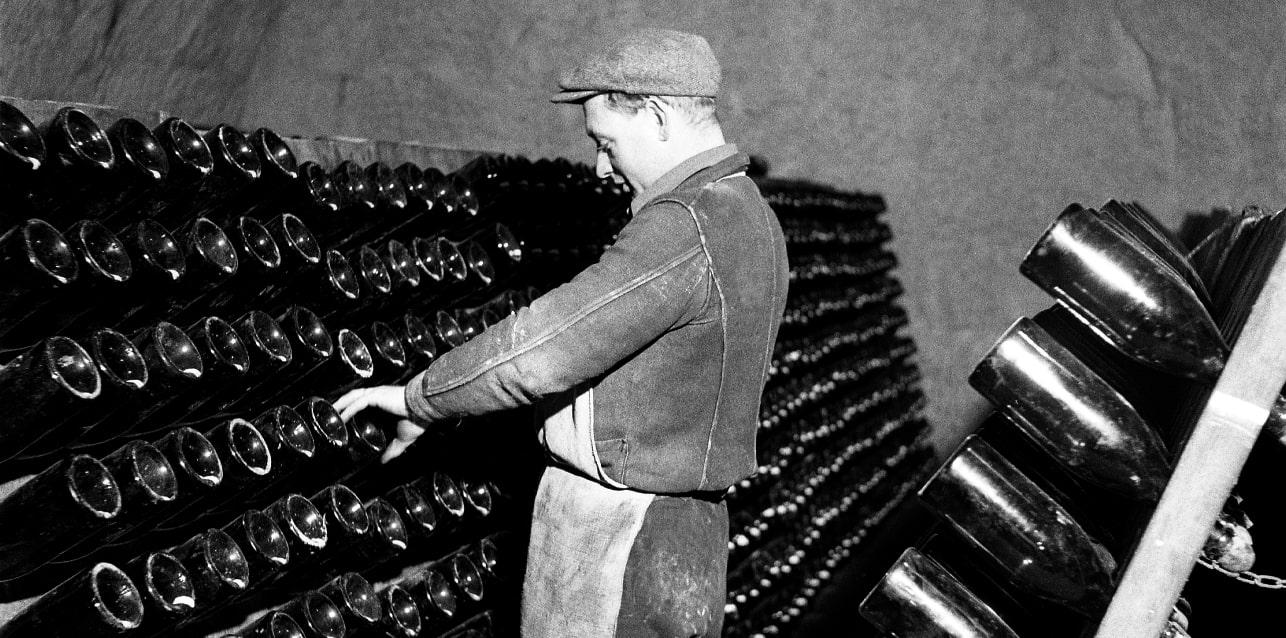


History
The evolution of a vineyard
Under the inspiration of Apolline, Maison Henriot has the ambition to create great Champagnes that reflect the vineyard, combining generosity, elegance, and distinction.
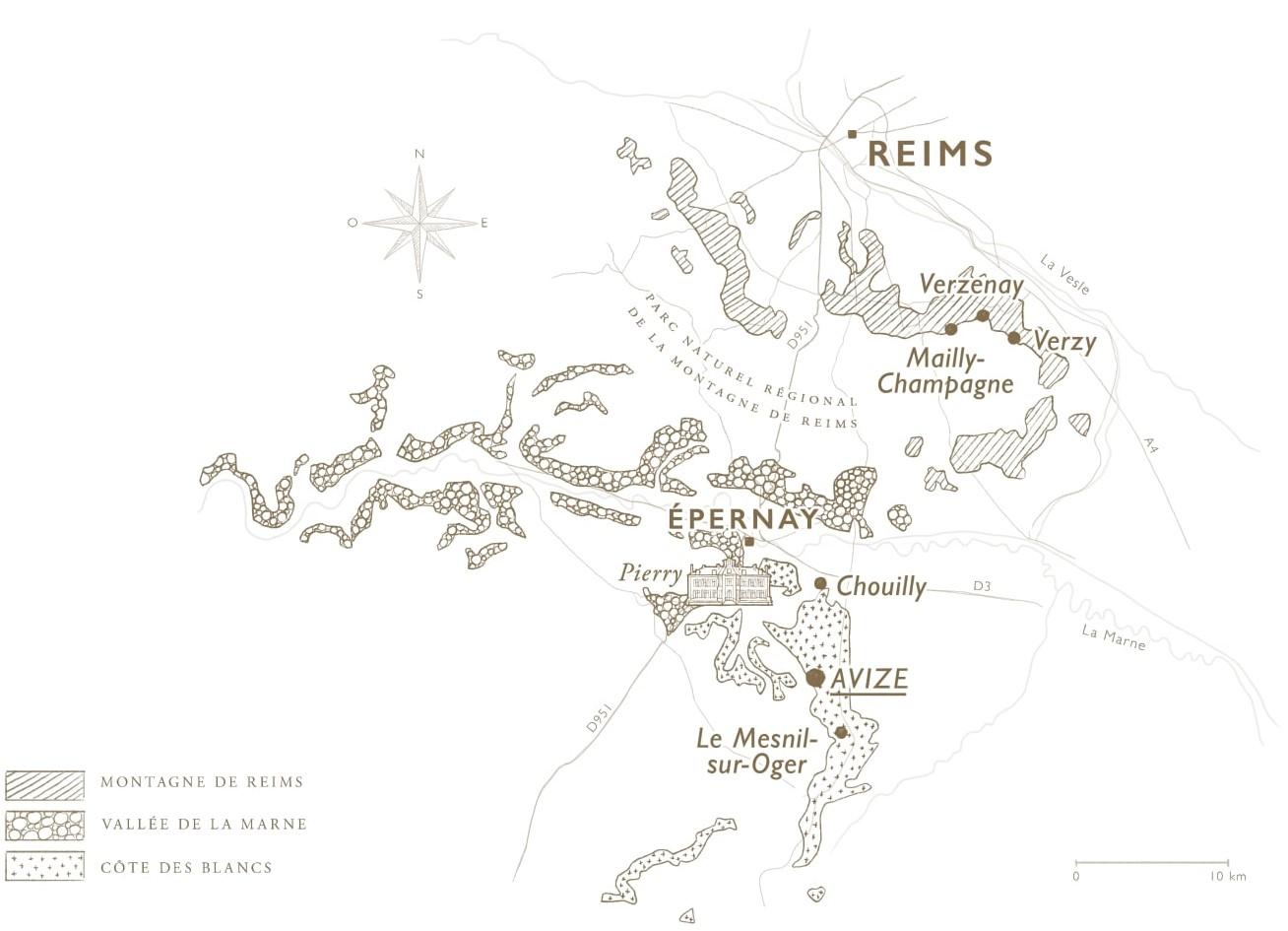
1640
The Henriot family settles in Champagne
After leaving their native Lorraine, the family members develop their original clothier business in Reims, but soon add wine to their range of offerings. Having built a reputation as merchants in Champagne, the Henriot family invests in vineyards and cultivates their knowledge of winemaking know-how.
1718
Publication of the treatise “Manière de cultiver la vigne et de faire le vin en Champagne” (Ways to cultivate vines and making wine in Champagne)
This work proves to be a source of knowledge and inspiration for Apolline Henriot. It is attributed to Canon Godinot, Apolline’s great-uncle.
“Illuminate her lands through the creation of a great Champagne”
Apolline Henriot
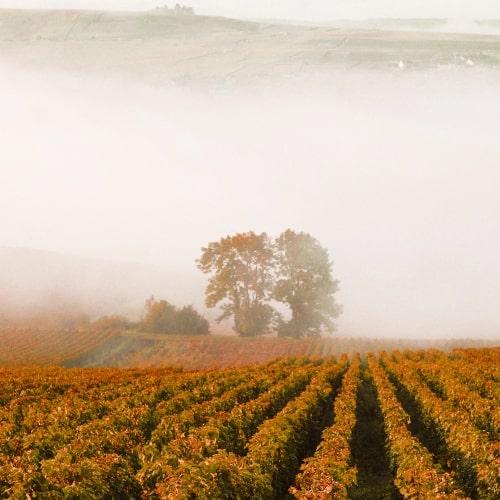
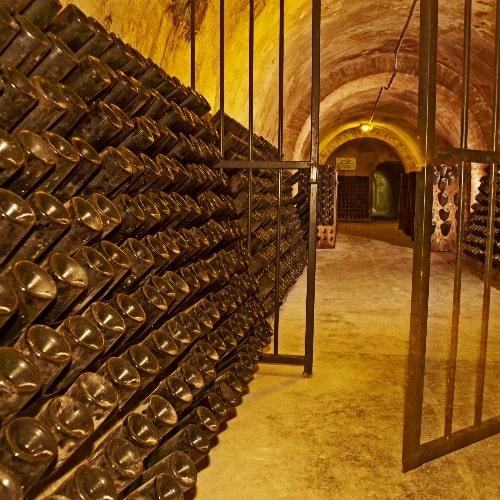
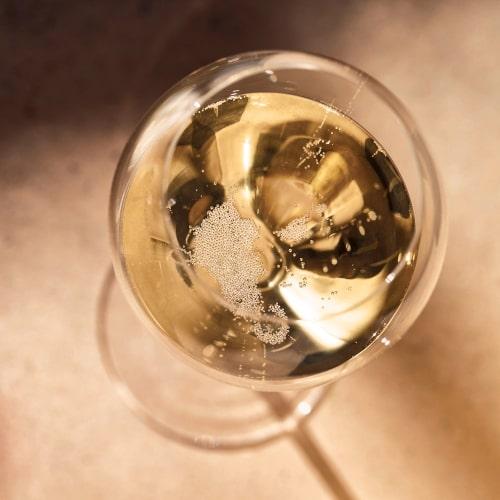
Apolline
Inspiration for the Maison
1808
Apolline founds Maison Henriot
In 1808, Apolline Henriot, the young widow of Nicolas Henriot, founds her own Maison de Champagne. She has been helping her husband to run the cloth and wine trading business for 14 years. Champagne has flowed in her veins for a long time: her father owns vines and her great-uncle, Canon Godinot, is a scientist whose 1718 treatise on viticulture has garnered respect. As owner of vineyards in the heart of the Montagne de Reims in Verzy, Verzenay and Mailly-Champagne, Apolline has a deep love for Champagne, the beauty of its vines and its landscapes.

1880
The union between two vineyards
In 1880, Paul Henriot, great-grandson of Apolline, marries in a young woman from the Côte des Blancs, Marie Marguet. This union is the start of a real transition for the Henriot vineyard. Until now, it has only been made up of three crus from the Montagne de Reims, planted with Pinot Noir. Avize, Le Mesnil-sur-Oger, Chouilly, three crus planted with Chardonnay from the Côte des Blancs are then incorporated, thus shaping a new map of the Henriot vineyard.
1920
The soil knowledge project
Many members of the lineage of Apolline Henriot, founder of Maison Henriot, trained as agricultural engineers and contributed to developing know-how and improving the care given to the vines. From 1920, the family has conducted numerous soil pits to analyze the soils. Resolutely innovative, Maison Henriot initiates a soil knowledge project during this period.
1970
Reserve wine diversity
At the beginning of the 1970s, Joseph Henriot, the seventh generation of the family, decides to extend the collection of Maison Henriot reserve wines that had been initiated by Apolline Henriot two centuries earlier.
For more than two centuries, Maison Henriot has perpetuated these precious creations which reflect the greatest moments in the history of Champagne.
Alice Tétienne
Cellar Master of Maison Henriot
2020
Alliance Terroirs project
Strengthening vineyard knowledge, adapting viticultural practices, integrating environmentally responsible practices amid struggles due to global warming, contributing to the sustainability of Champagne: these are the challenges of the global Alliance Terroirs project initiated and coordinated by Alice Tétienne since 2020.
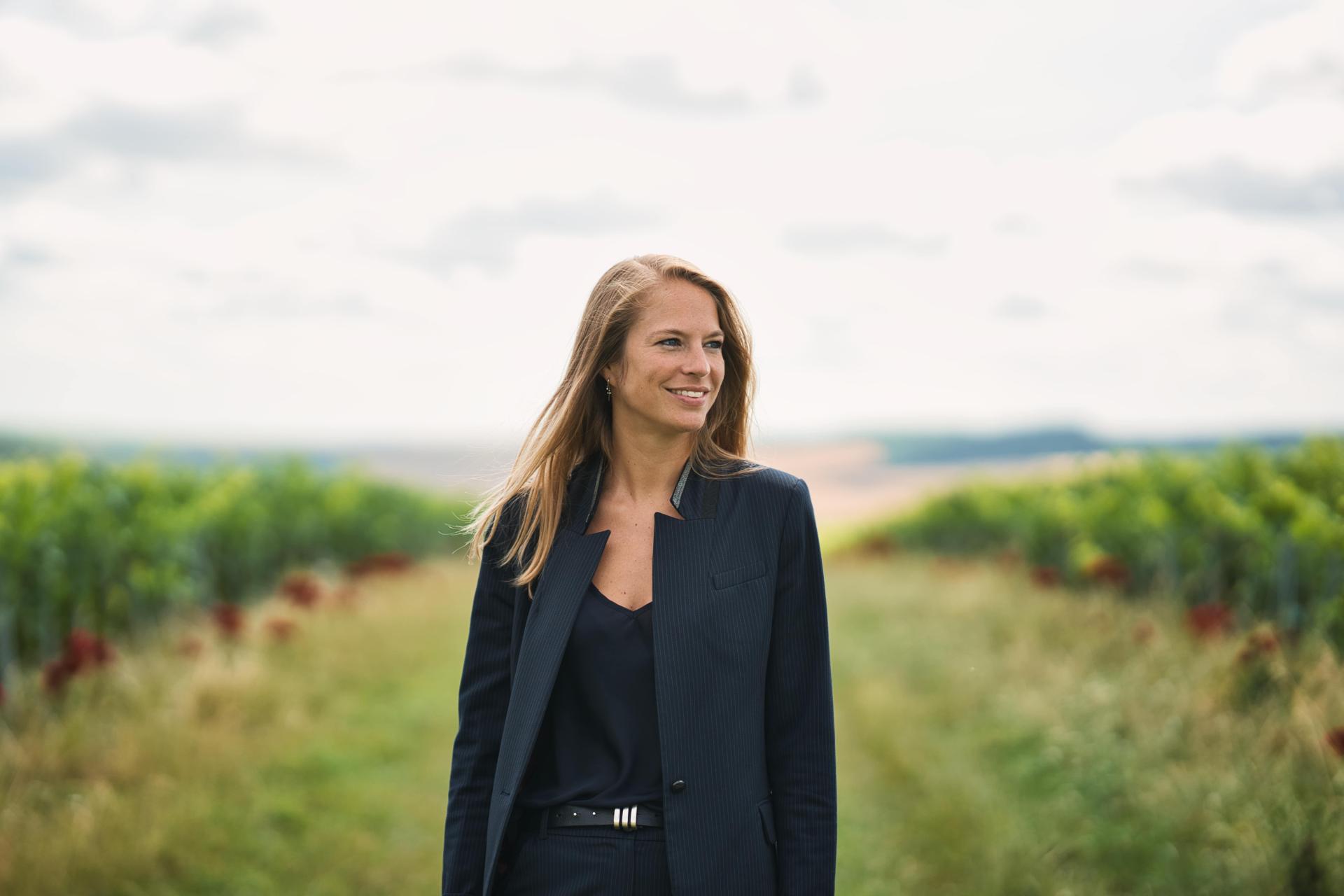
“There is no magic formula when you work with living things, with nature. The only solution is to apply respectful and responsible practices”
Alice Tétienne